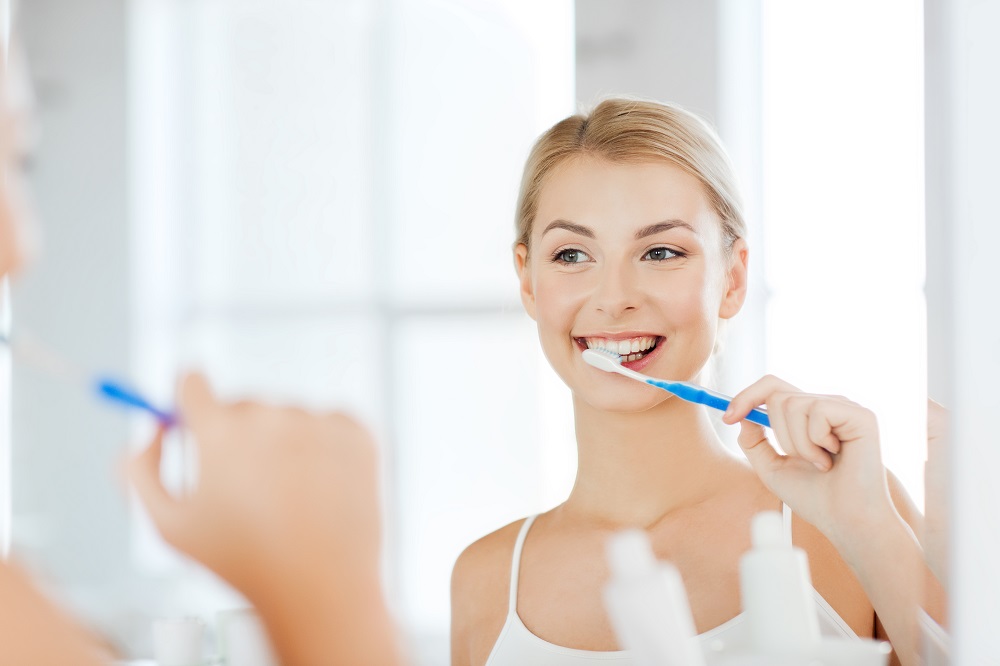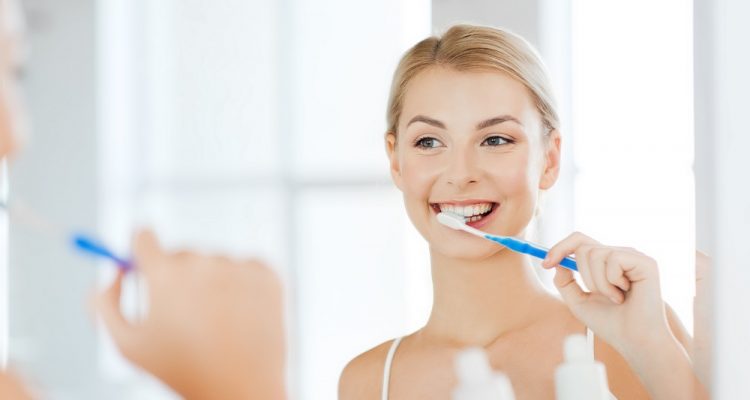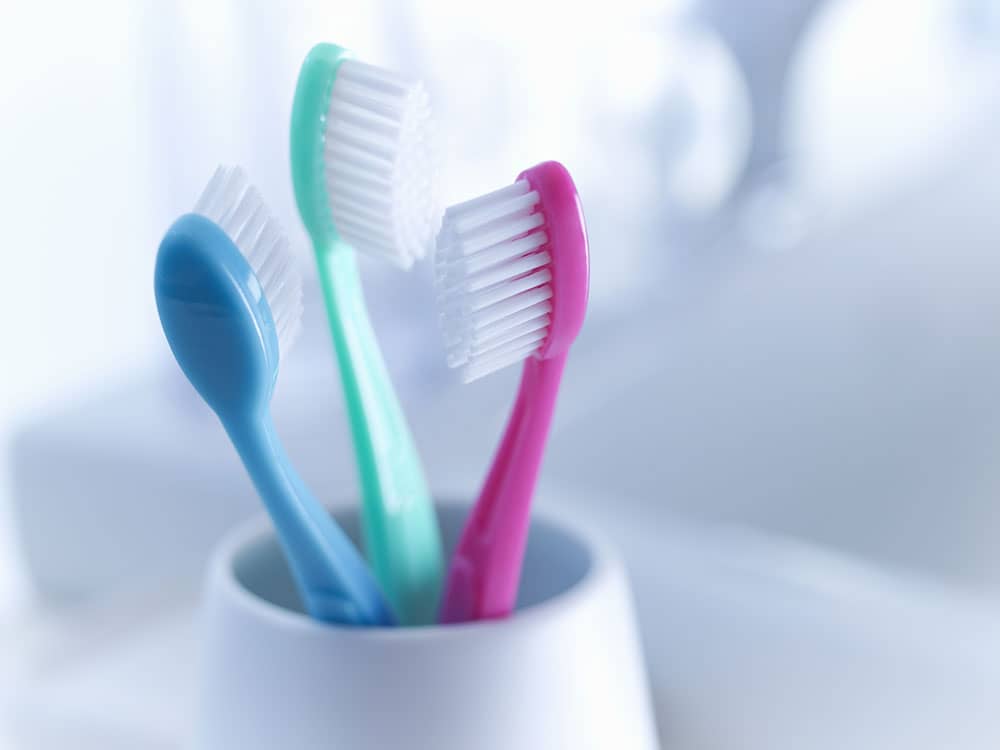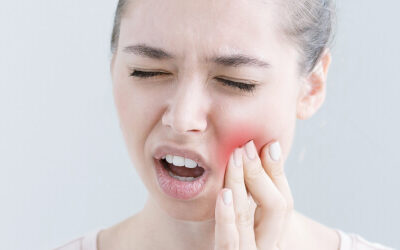We make sure to throw away any food items that expire, check our supplements to make sure they are still fresh, change the oil on our vehicles —- but what about toothbrushes? Do you remember the last time you replaced yours?
An old or damaged toothbrush may not be as effective at cleaning your teeth, and may even be teeming with harmful bacteria. To keep your teeth and mouth as healthy as possible, it is important to replace your toothbrush on a consistent basis.
Here, we’ll examine how often to change your toothbrush, signs you need a new toothbrush, and why it is so important to regularly replace your toothbrush.
Is Your Toothbrush Clean? The Surprising (And Gross) Truth
You brush in the morning, at night, and maybe even in between meals (bonus points!). However, you may not be leaving your mouth as fresh as you hope — especially if you haven’t replaced your toothbrush recently.
A study from the University of Manchester in England discovered that the average toothbrush can contain up to 10 million (or more!) bacteria, including E. coli., Strep, and Staph.
When Should You Replace Your Toothbrush?
“How often should I get a new toothbrush?” is a common question we hear from our patients.
A good rule of thumb is to replace your toothbrush every 3 months. This helps to ensure the bristles are functioning properly and keeping your teeth and gums healthy.
If you use your toothbrush past the 3 month mark, the bristles will likely be worn and frayed, making them less effective at clearing away food debris and plaque.

Signs You Need a New Toothbrush
The Australian Dental Association recommends replacing your toothbrush every 3 months. This is a good general guideline to follow, but certain situations require more frequent replacements.
Aside from the 3 month rule, here are 7 ways to tell if you need a new toothbrush:
- Check the Bristles – Are the bristles on your toothbrush straight and similar to how they looked when you first bought it? Or are they worn, crooked, frayed, or bent? If the bristles on your toothbrush are showing noticeable wear and tear, it probably isn’t cleaning your teeth effectively. *Note* If your toothbrush bristles are frayed or damaged before three months, it could be a sign you are scrubbing too vigorously when you brush. This can damage your enamel and gums, so consider talking with your dentist about proper brushing technique.
- Check for Debris Near the Base – Check the very base of the bristles. Is there stuck on debris? If so, it is time for a replacement toothbrush.
- Have You Been Sick? – After an illness, flu and cold germs can survive for up to three days on a toothbrush. While it is unlikely to re-infect yourself after being sick, you may risk getting a family member sick. If you share toothpaste, the germs from your toothbrush can transfer to the tube of toothpaste, exposing other members of the household to your germs. To be on the safe side, consider getting a new toothbrush if you have been sick.
- Has It Been Touching Another Toothbrush? – If you have a significant other or children, there is a good chance your toothbrushes are stored close to each other. It is important to avoid this since it can lead to bacteria swapping. If your toothbrush has come in contact with the bristles of another toothbrush, it is a good time to consider getting a replacement.
- Do You Remember the Last Time You Replaced Your Toothbrush? – When was the last time you replaced your toothbrush? If you don’t remember, it is fair to assume it is time for a new one. A new toothbrush will help maintain optimal oral health.
- Does the Toothbrush Belong to A Child? – Kids’ brushes tend to need to be replaced more often since children are more likely to chew on the bristles, leading to fraying and damage. Pay attention to your child’s use of their toothbrush and swap it out for a new one if you start noticing signs of damage.
- Check the Colour – If you notice any dark colour changes, it could indicate mould. In this case, it is important to err on the side of caution and replace your toothbrush.
How Often Should I Replace the Head on My Electric Toothbrush?
It is generally recommended to follow the same replacement guidelines for both electric and manual toothbrushes. However, it is important to follow the manufacturer’s recommendations for replacement as certain electric toothbrush heads may have unique instructions.
What Happens If I Don’t Change My Toothbrush Often Enough?
If the potential for E. coli or Staph lurking on your toothbrush isn’t enough to convince you to replace it more often, consider the other risks that can occur from using a worn out toothbrush.
One of the biggest issues involves the risk of gum damage, since old toothbrushes are not as efficient when it comes to removing plaque. This can lead to gingivitis, which can then lead to an infection if left untreated.
After an illness, flu and cold germs can survive for up to three days on a toothbrush. While it is unlikely to re-infect yourself after being sick, you may risk getting a family member sick. If you share toothpaste, the germs from your toothbrush can transfer to the tube of toothpaste, exposing other members of the household to your germs. To be on the safe side, consider getting a new toothbrush if you have been sick.
How to Make Your Toothbrush Last Longer
Here are some tips for caring for your toothbrush correctly and helping it last as long as possible:
- Avoid keeping your toothbrush in a place where it touches the head of another toothbrush
- Rinse your toothbrush off after you brush your teeth and allow it to air dry in an upright position
- Never share a toothbrush!
- Do not store your toothbrush in a closed container (mould and bacteria can thrive in moist environments)
- Do not use soap, disinfectants, or mouthwash to clean your toothbrush
- Do not store your toothbrush near a toilet
- When travelling, use individual cases to store your family members’ toothbrushes
What To Consider When Shopping for a New Toothbrush
Common suggestions for purchasing a new toothbrush include looking for one with softer bristles, as harder bristles can be too harsh and cause damage to teeth and gums.
You can also consider purchasing an electric toothbrush as their bristles may help you keep more plaque off your teeth.
Better yet, use a toothbrush and mouthwash containing fluoride (at a separate time of day to brushing). This will further protect you against plaque and gingivitis. And last, but not least, do not forget to floss!
We Are Here to Help You Keep Your Teeth and Gums Healthy and Bright
If you want to maintain bright, white teeth and a healthy mouth, a good oral hygiene routine, regular dental checkups are key, and a toothbrush that is in good condition are key.
If you have any further questions about how often to change your toothbrush or what kind of toothbrush you should be using, feel free to reach out to us or bring it up at your next appointment.
We enjoy educating our patients and empowering them with the knowledge they need to maintain their healthiest mouth possible! One of the biggest ways we do this is through our blog, so check back regularly for updates – or be sure to let us know if there is a topic you’d like to see covered in a future article.
From emergency dentistry to cosmetic dentistry to laser dentistry, we offer comprehensive dental care. Our talented, caring team at 123 Dental is here to help with all your dental needs. We invite you to Contact us with any questions or to set up a consultation so we can help you achieve your best smile.






